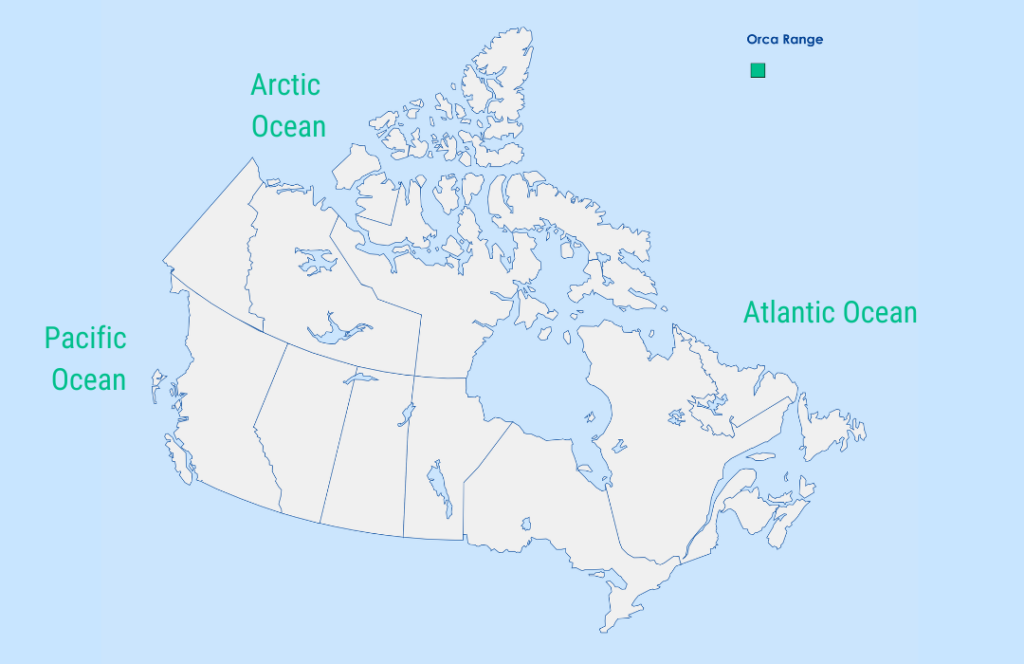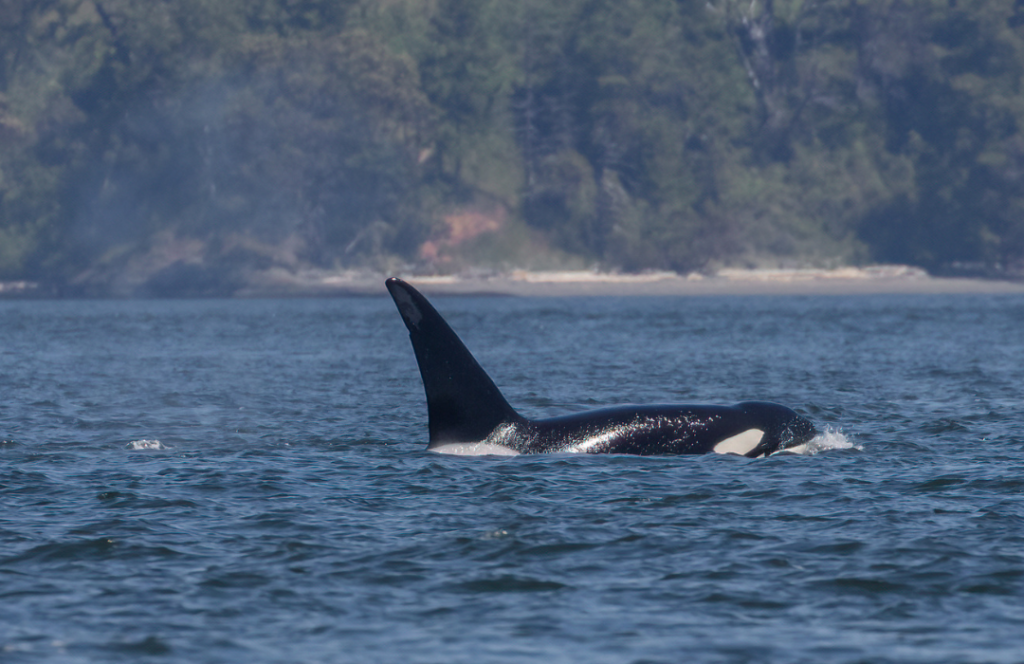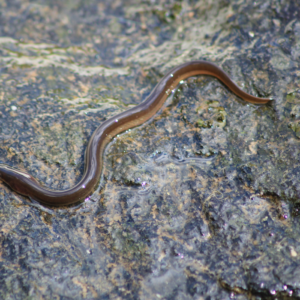Orca
These incredible whales have been found in oceans all over the world, but they seem to prefer colder regions. Save endangered species today by joining one of our campaigns!
Help End the ExtinctionVital Signs
- Common name: Orca or Killer Whale
- Latin name: Orcinus orca
- Conservation Status: Threatened, Endangered (Northeast Pacific Southern Population)
- Range: Canadian Pacific, Arctic, and Atlantic Oceans (specifically the Canadian coast)
- Life span: Average 50 years for females, average 29 years for males
- Size: Males can reach eight or nine metres in length and weigh up to 5 tonnes; females can reach seven metres and weigh up to 4 tonnes

The Killer Whale is part of the dolphin family, and is easily recognized by its black colour and white markings. They have two large white spots behind the eyes and a white underbelly.
Orca Facts
- The dorsal (back) fin can reach a length of 1.8 metres
- There are three groups (or ecotypes) of Orca, known as Biggs/Transient, Resident, and Offshore. Each of these groups have a slightly different diet
- The ocean where they live must be quiet enough for them to hear each other’s echolocation, or else they have difficulty navigating, foraging, and socializing
- It can be easy to tell these whales apart based on the shape of their dorsal fin and if they have any scars
- Groups have their own “culture” which changes how they sound, what they like to eat, and how they search for food

Threats
Some threats to the Orca include eating prey contaminated with pollution, things that disturb their echolocation, climate change, and oil spills.
Contaminated prey contains “persistent bioaccumulating toxins.” These are found in high levels in Orcas, especially males. Though a lot of industries no longer use the two most common chemicals that cause PBT contamination, they still enter the environment.
Echolocation disturbance can be caused by any underwater noise. Underwater noise includes sounds caused by boats, any kinds of sonar, underwater explosions, and construction noise. Besides interrupting hunting and communication, the noise can cause hearing impairment in or even psychological damage to Orcas.
It has also been found that Orcas do not avoid oil spills when they’re swimming, making this another risk.
What’s Being Done
The Orca is protected under the Species At Risk Act. It states that Resident Killer Whales may not be killed, captured, harmed, or harassed.
They are also protected under the Marine Mammal Regulations of Canada’s Fisheries Act, which means they are not meant to be disturbed or fished by anyone unless they have a license to do so.

Canada has committed to the goal of protecting 30% of lands, ocean, and freshwater in Canada by 2030. This goal will help protect ecosystems, restore habitats, and fight climate change. All these things are a step in protecting Canada’s at-risk animals—so let’s hold the federal government to their promise.
How to Help
- Make Earth-Friendly Consumer Choices: Be aware and try to buy the most environmentally friendly items!
- Learn: Stay informed about endangered species by signing up for Nature Canada’s monthly e-newsletter.
- Help Out: Support sites such as Nature Canada and The Whale Museum that educate the public.
- Take Part: Become an Ocean Defender.
- Volunteer: Participate in Orca educational programs with your provincial wildlife organizations!
- Spread The Word: Post, share, and tweet about saving Orcas. One article share can turn into a hundred within hours!
- Find out more: Help us end the extinction by taking action for nature today—visit conservation websites like Nature Canada or join one of our campaigns!
Resources
- COSEWIC – Assessment and Status Report
- SARA – Species Profile (Northeast Pacific southern resident population)
- SARA – Species Profile (Northeast Pacific northern resident population)
Originally drafted by guest blogger Tina-Louise Rossit. Updated in July 2022 by Simona Casale.



